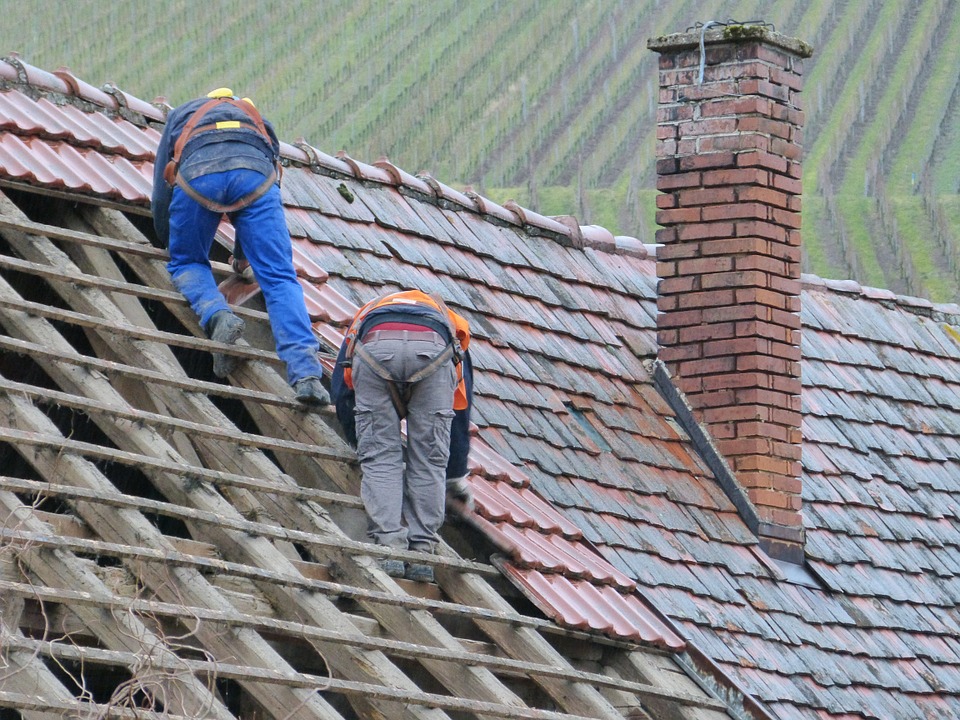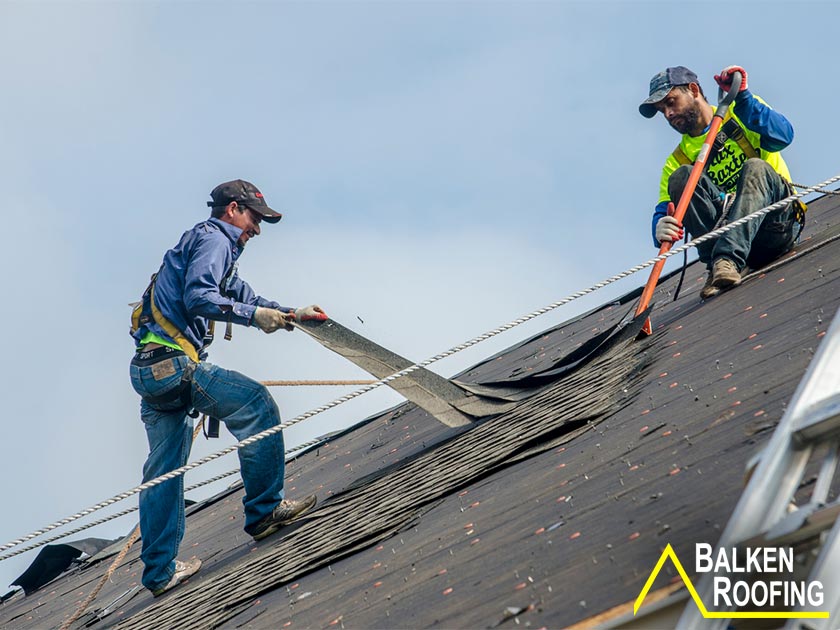Roofing Companies Oahu: Relied On Specialists for Your Roofing Demands
Roofing Companies Oahu: Relied On Specialists for Your Roofing Demands
Blog Article
Comprehending the Various Kinds Of Roofing Systems: A Comprehensive Guide for Homeowners
With a selection of alternatives-- ranging from the typical gable to the modern flat-- each kind provides unique benefits and difficulties that ought to straighten with the home owner's ecological factors to consider and particular requirements. As we discover the ins and outs of different roof covering types, it comes to be evident that one dimension does not fit all; the appropriate choice may shock you.
Gable Roofings
Saddleback roofs, characterized by their triangular form, are amongst the most prominent roof styles because of their simplicity and performance in dropping water and snow. This style features two sloping sides that fulfill at a ridge, enabling efficient drain and lessening the threat of water accumulation. The high pitch frequently related to saddleback roofs enhances their capacity to take care of heavy precipitation, making them suitable for different environments.
Along with their sensible advantages, gable roof coverings provide visual versatility. They can be adjusted to various architectural styles, from standard to contemporary homes. The layout can likewise accommodate extra attributes such as dormer home windows, which improve natural light and ventilation in the attic room room.
Moreover, saddleback roofs supply enough room for insulation, adding to power efficiency. Property owners can select from a variety of roof covering products, including asphalt shingles, metal, and floor tiles, additionally enhancing modification choices.
In spite of their advantages, saddleback roofs may require additional assistance in areas prone to high winds or heavy snowfall. Overall, the gable roofing system continues to be a preferred option because of its blend of functionality, durability, and visual appeal.
Apartment Roofs
Level roof coverings are frequently identified for their minimal layout and useful applications, particularly in industrial and commercial setups (oahu roofing). These roofing systems include a horizontal or nearly straight surface, which enables simple construction and functional room utilization. While they might do not have the aesthetic allure of pitched roof coverings, level roofings provide many benefits, specifically in city environments where making best use of space is critical
Among the primary benefits of level roofings is their access. House owners can use the roof covering area for various functions, such as rooftop yards, terraces, or photovoltaic panel installments. Furthermore, level roofings are generally extra economical to keep and set up compared to their sloped equivalents, as they need fewer products and labor.
Typical products made use of for flat roof coverings consist of built-up roof (BUR), modified bitumen, and single-ply membrane layers, each offering distinct benefits. In general, flat roofs offer as a adaptable and useful choice for several home owners and businesses alike.
Hip Roofings
Hip roofs are defined by their sloped sides that converge at the top, developing a ridge. This layout stands out from saddleback roofs, as all 4 sides of a hip roof covering slope downwards towards the wall surfaces, offering a more secure framework. The angle of the slopes can vary, enabling versatility in architectural looks and functionality.
Among the key advantages of hip roofs is their capability to hold up against hefty winds and damaging weather. The sloped surface areas enable far better water drain, lowering the threat of leakages and water damages. Furthermore, hip roofings offer raised attic room area, which can be utilized for storage space and even transformed into comfortable locations.
Nonetheless, building a hip roof can be a lot more complicated and pricey than easier roof types, such as gable roofings. The additional product and labor associated with producing the slopes and guaranteeing proper structural integrity can cause greater expenses. In spite of these downsides, many home owners favor hip roofings for their sturdiness, aesthetic allure, and capacity for power effectiveness.
Mansard Roofs
Mansard roofs, often acknowledged by their one-of-a-kind four-sided layout, feature two inclines on each side, with the lower incline being steeper than the upper. This building style, originating from France in the 17th century, is not just aesthetically appealing yet functional, as it makes the most of the functional area in the upper floorings of a structure. The high reduced incline permits more clearance, making it an excellent choice for attics or lofts, which can be transformed right into living rooms.
Mansard roof coverings my explanation are identified by their adaptability, fitting different architectural designs, from typical to modern. They can be created with various materials, including asphalt shingles, slate, or metal, offering home owners with a variety of choices to fit their choices and budget plans. In addition, the style permits the combination of dormer windows, enhancing all-natural light and air flow in the top levels.
However, it is vital to consider the potential drawbacks. Mansard roofings may need even more upkeep because of the intricacy of their layout, and their high slopes can be testing for snow and rain runoff. Overall, mansard roof coverings integrate beauty with functionality, making them a popular selection among home owners looking for unique building functions.
Lost Roofing Systems
As homeowners increasingly look for simplicity and functionality in their architectural designs, lost roofing systems have actually emerged as a prominent choice. Characterized by a single sloping aircraft, a shed roof covering presents a minimal aesthetic that enhances different home designs, from contemporary to rustic.
Among the main benefits of a shed roof covering is its simple building and construction, which usually equates to lower labor and material expenses. This layout permits efficient water drainage, decreasing the risk of leaks and water damage. Additionally, the vertical slope supplies adequate space for skylights, enhancing natural light within the inside.
Dropped roofing systems likewise use versatility in regards to use. They can be effectively incorporated into additions, garages, or outdoor structures like structures and sheds. Moreover, this roof covering design can accommodate numerous roofing materials, consisting of steel, asphalt shingles, and even green roofings, lining up with eco-friendly initiatives.
Nevertheless, it is necessary to consider regional environment problems, as hefty snow tons may demand adjustments to the roofing system's angle or structure. On the whole, lost roofing systems provide a functional and visually pleasing alternative for home owners looking to make the most of functionality without go to my blog compromising design.
Conclusion


Gable roofings, defined by their triangular form, are among the most popular roofing designs due to their simplicity and performance in losing water and snow. oahu roofing. The high pitch commonly connected with gable roof coverings boosts their ability to handle hefty precipitation, making them suitable for different climates
While they may do not have the visual allure of pitched roof coverings, level roof coverings provide countless advantages, especially in urban settings where optimizing space is essential.

Report this page